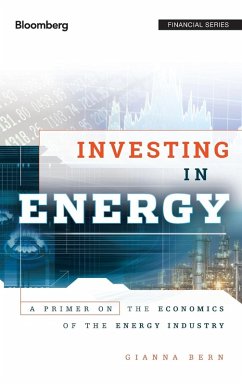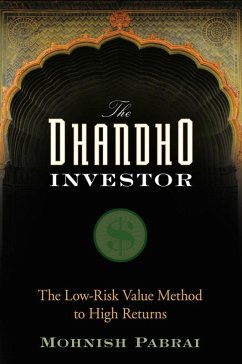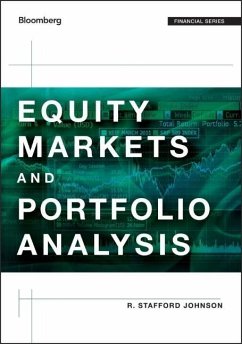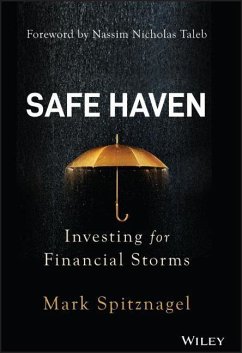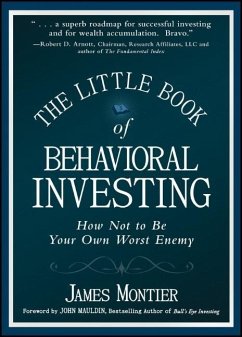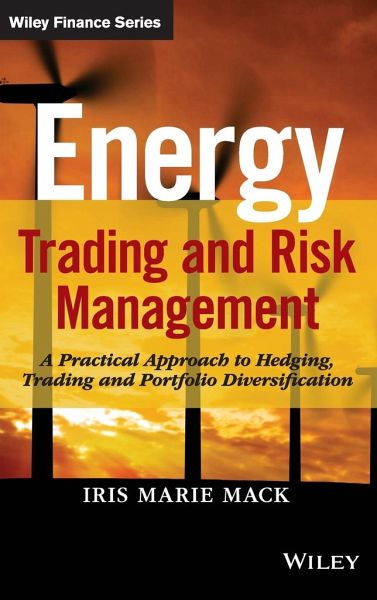
Energy Trading and Risk Management
A Practical Approach to Hedging, Trading and Portfolio Diversification
Versandkostenfrei!
Versandfertig in über 4 Wochen
117,99 €
inkl. MwSt.
Weitere Ausgaben:

PAYBACK Punkte
59 °P sammeln!
Praises for Energy Trading and Risk Management "Iris Mack's Energy Trading and Risk Management is built on the rare combination of decades of academic research and practical trading experience. A compelling and highly enjoyable book, this is essential reading for anyone wishing to succeed in today's increasingly complex and fast-paced trading arena where risk management clearly takes centre stage." --Dr Guenther Dobrauz-Saldapenna, Technical & Markets Leader, R&C Services, PricewaterhouseCoopers, PwC, Zurich/Switzerland "Iris Mack's book is a must read for those interested in the convergence o...
Praises for Energy Trading and Risk Management "Iris Mack's Energy Trading and Risk Management is built on the rare combination of decades of academic research and practical trading experience. A compelling and highly enjoyable book, this is essential reading for anyone wishing to succeed in today's increasingly complex and fast-paced trading arena where risk management clearly takes centre stage." --Dr Guenther Dobrauz-Saldapenna, Technical & Markets Leader, R&C Services, PricewaterhouseCoopers, PwC, Zurich/Switzerland "Iris Mack's book is a must read for those interested in the convergence of Energy and Financial Markets. View it as a short encyclopedia or a detailed navigator in this complex area. Being a strong quant and using a techno-fundamentalist approach Iris gives a clearly structured exposition understandable for beginners and catching for professionals. Be prepared for the fast-moving journey from the real-life basics and business cases to the rocket science formulas and if that's not enough, find a reference to further reading after every topic touched." --Dr. Alexei Kazakov, partner at AB Solutions "Iris Mack's book Energy Trading and Risk Management is both a practical guide and a reference manual for anyone interested in investing in the rapidly developing energy trading markets. This remarkable book is a must have. It is an insightful tool that explains in detail the finer points in the use of derivatives as risk management tools. It delivers an easy to understand guideline while providing a whole vision about the industry, going through how the energy market works, who are the main players, in which kind of energy derivatives you could invest and how to create and manage risk in an energy portfolio, among many other factors." --Eduardo Viesca Quiroz, Private Equity Investor "Dr. Iris Mack's latest book Energy Trading and Risk Management is an ideal introduction to the topic. It helps professionals in both the energy and financial industries by providing a comprehensive overview of trading and risk management in these markets with its thorough coverage. This book includes case studies, illustrations, and trading models that make it an ideal read for trainers and professors. Clear and well-manifested graphical illustrations in the book make the toughest of concepts easier to grasp. This well-supported and structured work is for professionals who need a complete understanding of how energy markets work." --Mohammad Asif, Director, JaZaa Financial Advisory Pvt. Ltd. "Iris Mack's handbook serves as both gateway and reference to the complex world of energy derivatives. The theoretical foundations of every subject are treated with the utmost mathematical rigor, leading to a diligent treatment of hot topics in the energy derivatives industry. Each concept is expertly broken down and presented in an accessible manner, even to those less versed in stochastic calculus and quantitative finance. Energy Trading and Risk Management is highly valuable to all practitioners and academics seeking a one-stop reference to derivatives instruments, risk management and portfolio management in the energy industry." --Dario Raffaele, ETRM Professional and Management Consultant, Accenture






